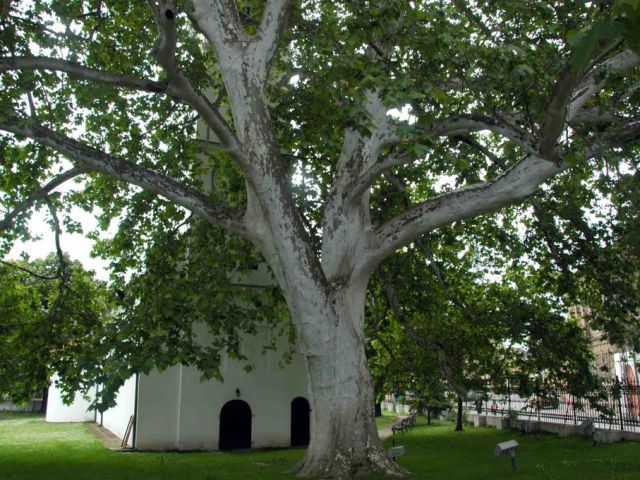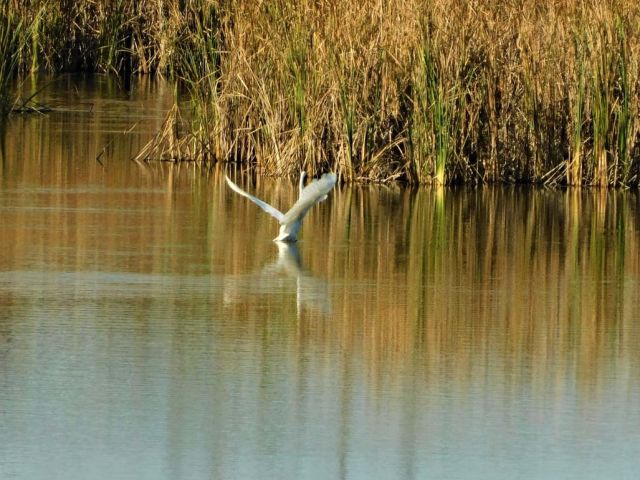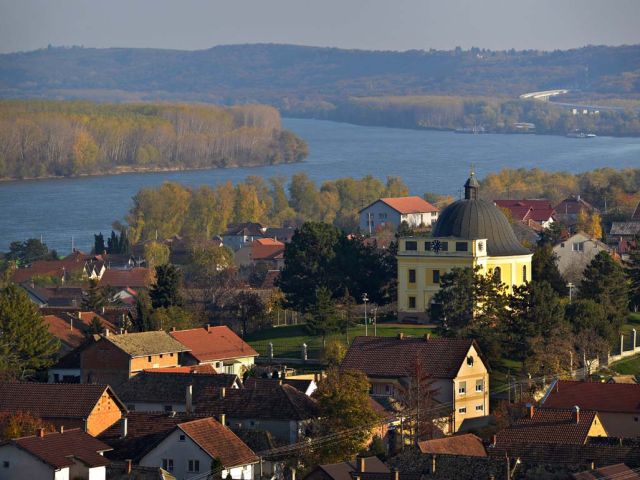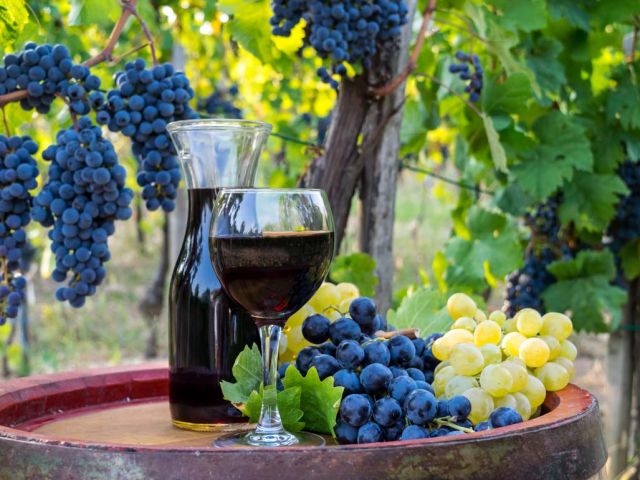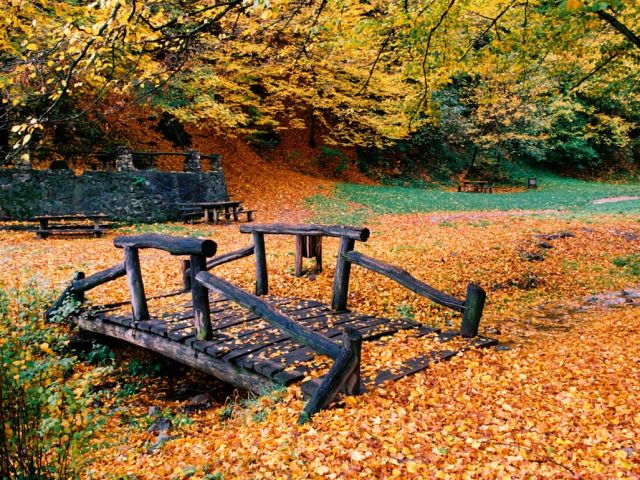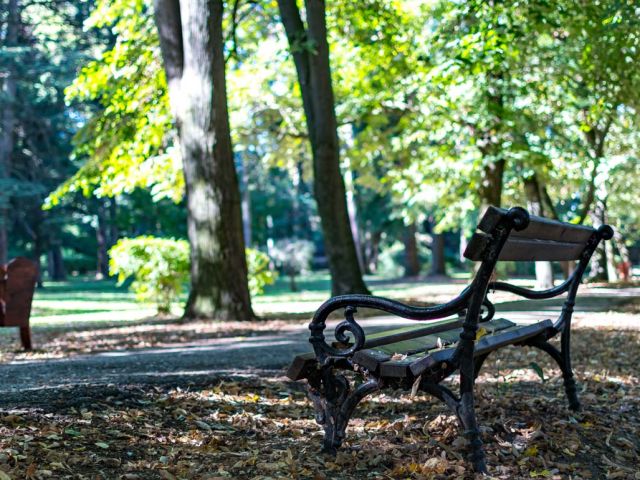SREMSKI KARLOVCI
NATURAL ENVIRONMENT
Plane tree, Wild Chestnut tree, Two Yew-Trees, Yew-Tree and Black Mulberry.
This unique wetland nature reserve is located in southeastern Bačka, in the inundation area of the middle course of the Danube.
The Danube is an international river 2,857 km in length (21st in the world, 2nd longest in Europe), and its catchment area is 817,000 km2 (25th in the world).
This is the most famous picnic ground within the National Park “Fruška Gora“. It is situated 5 km away from Sremski Karlovci.
This natural complex is located within the town boundaries, 500m from the centre of Sremski Karlovci.



